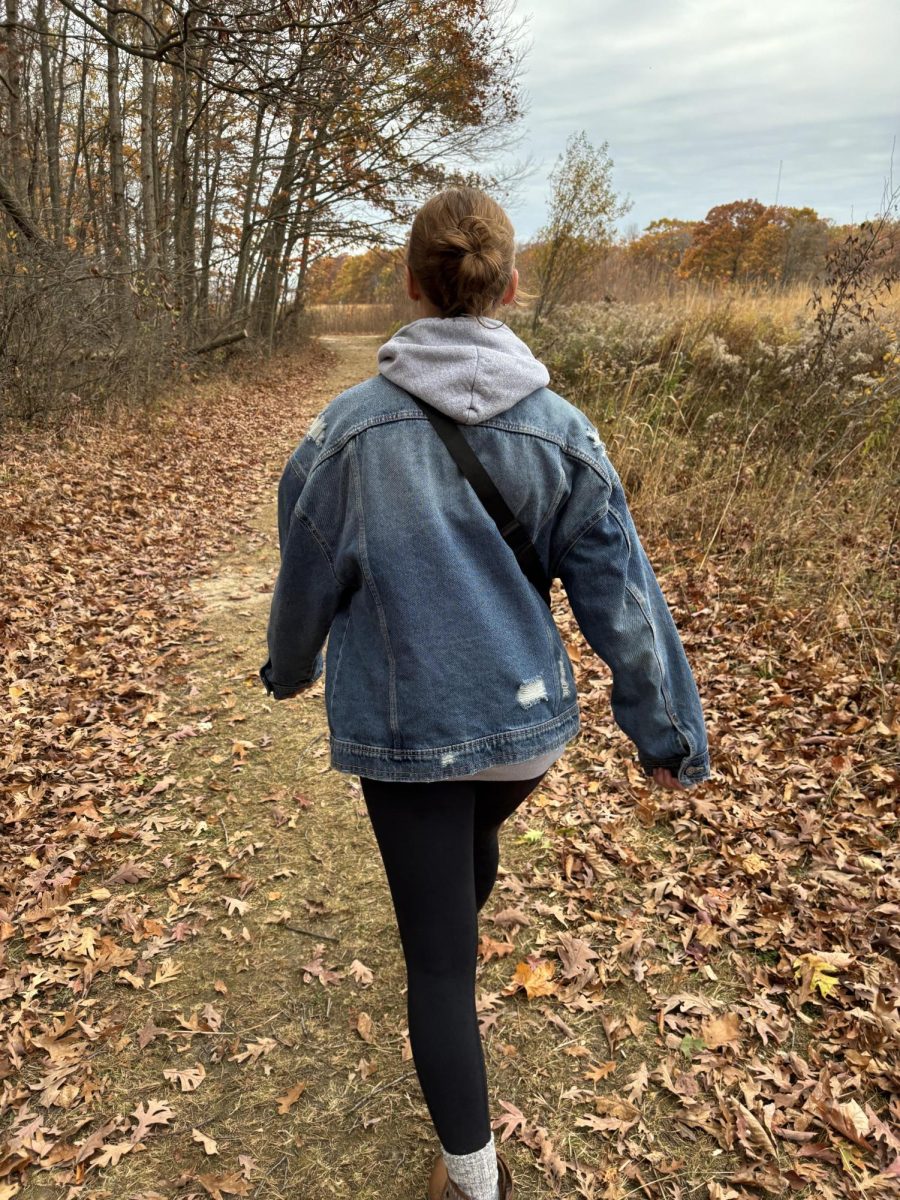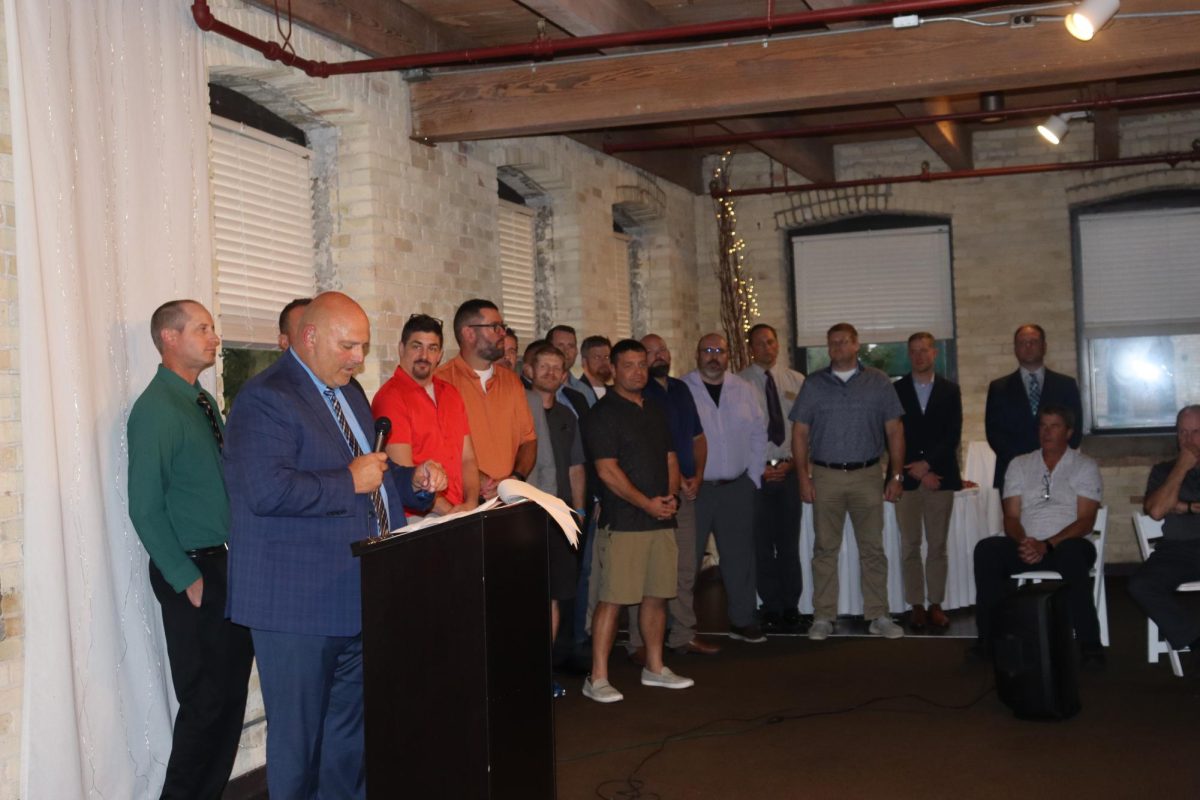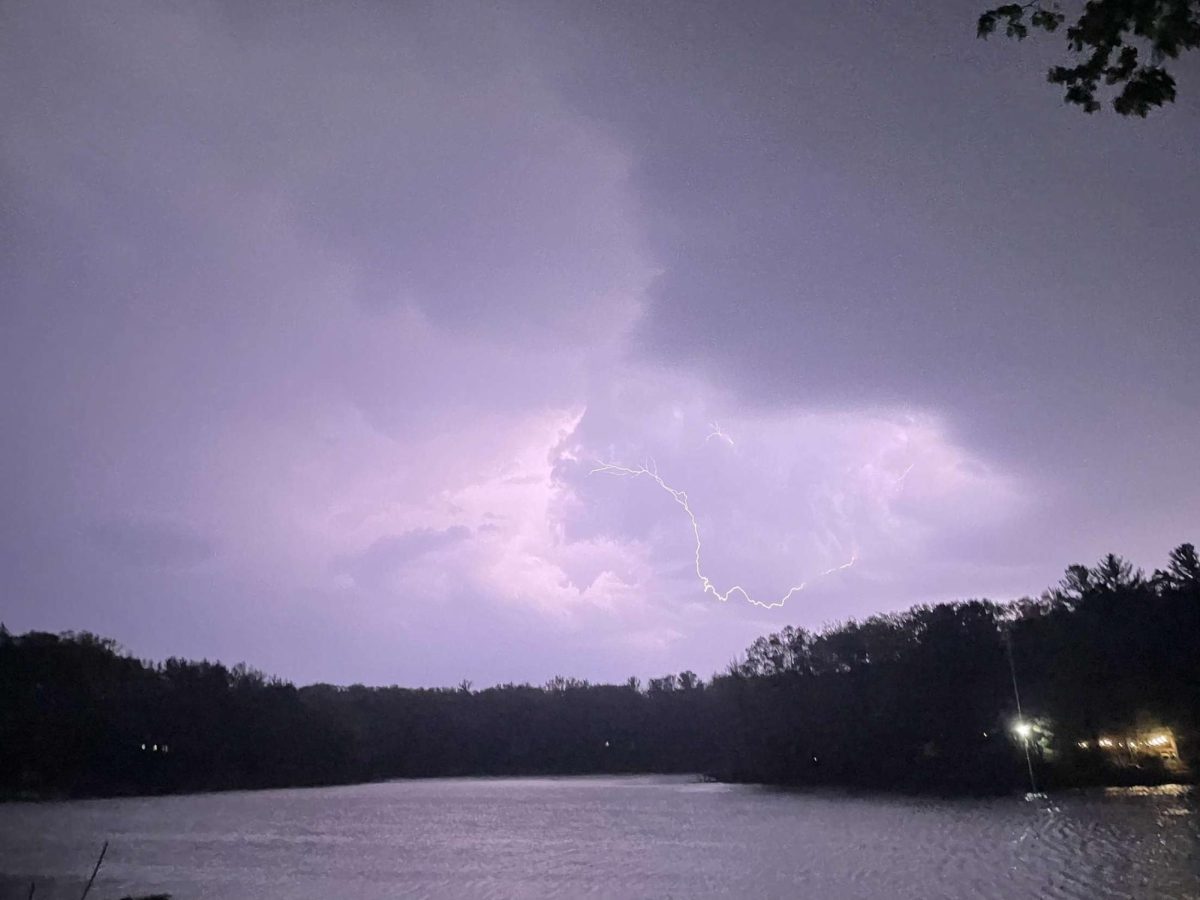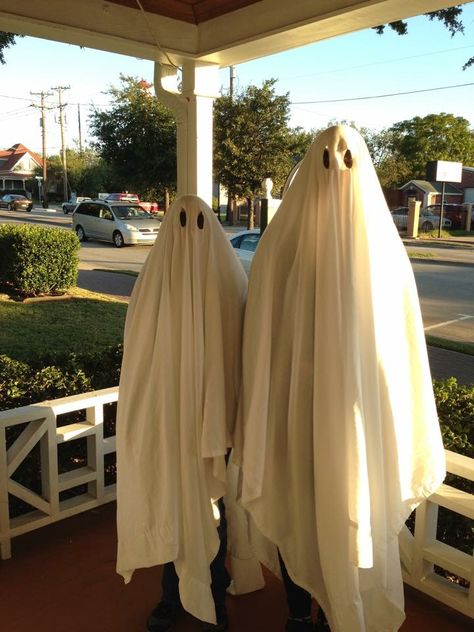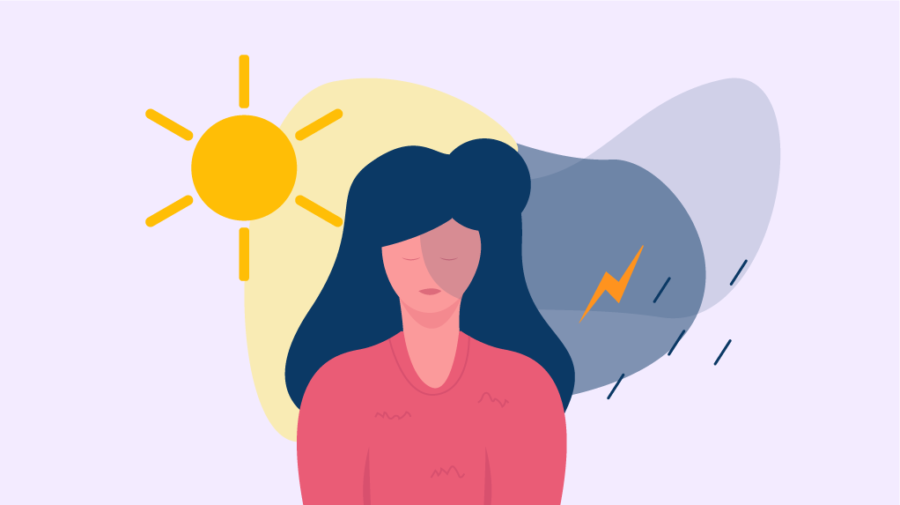Seasonal Depression: What is it?
January 23, 2023
One of the most exciting times of year can be the winter holiday season. Christmas music and spending time with your family. Going on vacation during winter break, sleeping in, buying gifts for the people you care about, receiving gifts that you may or may not have asked for, and ringing in the new year! But what about when those things come to an end? What if you don’t get those things to begin with?
It’s freezing, and even if you enjoy snowy days you can admit that it does get unpleasant. Unfortunately, the holidays aren’t always there to give us something to look forward to in spite of this dreary season. It starts getting dark as early as 5 pm some days, and that will take a toll whether people recognize it or not.
The truth is that for most people (if not all to some degree), this season is hard. Students have already been in school for upwards of 5 months with hardly any breaks (which doesn’t even go to mention after school activities); they are tired and unmotivated. A lot of people feel unenergized, exhausted even. Getting out of bed gets harder, staying focused gets harder, and doing the things that we love, the things that make us happy, gets harder too. With the bad roads and lack of daytime (not to mention the lack of energy you may experience) most days we might be trapped inside.
If this is true for you, you aren’t alone, and it is important to take this new year by the horns and take control of your own happiness (see bottom of article for real tips on how to achieve this)! Many people experience this as the seasons get colder and the days get shorter, and overtime this feeling will fade for people with standard symptoms; however, this may go deeper with many individuals. You may have heard the phrase “winter blues” and related to it without digging deeper, but what is “winter blues” really?
Seasonal affective disorder (SAD) often referred to as “winter blues” or “winter depression” is categorized as recurrent depressive episodes in winter and an absence of this in summer. There are variations to this disorder, for example, it can be specific to any season (but most commonly winter) and it varies in severity. Some symptoms of SAD are oversleeping, change in appetite, weight gain, tiredness, and irritability according to Mayo Clinic — a nonprofit organization committed to clinical practice, education and research.
Although much is unknown about these disorders, researchers have found some underlying causes, risks, and helpful insights of SAD. Here are some of the possible causes/relations of SAD: family history with SAD/other forms of a depressive disorder, having another form of a depressive disorder regardless of family history, a ‘jamble’ of your Circadian Rhythm- your biological clock being influenced by a lack of daylight, drops in serotonin levels, and an increase in melatonin levels making you more sleepy. Some other things to keep in mind is that young adults, more specifically women, are more often diagnosed with SAD. Also, it is more prominent in people who live farther from the equator rather than closer; we think this is due to a lack of daytime which can also advocate for why a lack of vitamin D (the vitamin we get from sunlight and also orange juice) can be a factor of risk.
SAD should be taken seriously, as the complications can be severe. People with SAD may show patterns of social withdrawal, no longer participating in things they would typically enjoy, problems with school/work, substance abuse, other disorders such as eating disorders or anxiety, and suicidal ideation or behavior.
If this is something that you recognize in yourself or in someone you know, your first step should be to reach out, and seek help! Especially if you or someone you know is experiencing a severe case of SAD (having suicidal ideation/thoughts, harming one’s self, isolating one’s self), it is important to reach out! 988 is the number to a suicide and crisis lifeline (988lifeline.org) that is open 24/7 and offers free, confidential support for people in distress.
Here are some actions you can take today to help ease the symptoms of SAD:
- Recognize your symptoms and its occurrence during the season. Take it seriously!
Ask yourself if these feelings go away during the warmer, brighter days. If the problem is bad enough that you would go to a doctor, that is almost a self-diagnosis of SAD. These feelings occur on a spectrum, so be sure not to invalidate your own experience.
- Talk to your friends and family.
It is very likely that they feel similarly to you! 1 in 20 people experience symptoms of SAD according to Dr. Norman Rosenthal, a clinical professor of Psychiatry at Georgetown University school of medicine, who has studied SAD for years after recognizing his own symptoms. Telling your family and friends (even just by talking about/sharing this article) is also a great way to spread your knowledge of this disorder!
- Let there be light!
Light is our main cue for when we wake up and sleep, and as the seasons get colder and the days get shorter our circadian rhythms sometimes get ‘delayed’. “It turns out that a fundamental part of the physiology of this condition is that some people just need more light..” says Doctor Rosenthal. There are specific lamps called SAD Lamps that provide light far more intense than indoor light. Using the lamp for 20-30 minutes a day should influence a difference in just a couple weeks, if not then return it. Take walks outside, open your curtains, and get as much natural light as possible (even if you have a SAD lamp).
- Pay attention to, and control, your eating behaviors.
Oftentimes, people with SAD crave carbohydrates heavily. By eating meals regularly and routinely you will likely see improvement in your mood, and internally, by eating meals at appropriate times, you can signal those internal clocks to help reverse possible delays in your circadian rhythm. All types of routine (if you truly follow it!) can help you through these symptoms. Exercise is also a great way to alert your body to be awake!
- Stop pulling the covers over your head.
When it is dark and cold and you don’t feel energetic and aren’t active, it creates a vicious cycle. It is common to feel like not getting up in the morning, pulling the covers over your head, staying in the darkness, feeling more depressed, and wanting to get out of bed even less. But if you can force yourself to do those little things throughout your day, you can feel much better.
- Reduce your daily stress.
Change it up! Decorate your room with bright colors or photographs; maybe try breath training or yoga! Find ways to calm you and your body down. Although the relationship between meditation and SAD haven’t been studied, meditation can be a great way to reduce stress!
- Make plans of FUN things to do.
Make plans with a friend to go ice skating, or out to eat. Do little things that bring you joy throughout the season (preferably things that get you out of the house!). Put yourself on your calendar! By that I mean, focus on some things that can make YOU happy or fulfilled, without feeling drained.
Here are some ways you can take long-term action in order to help work against additional challenges with SAD:
- Attend light therapy (the sooner the better!)
Taking steps early on to help prevent the development of complications is the best known way to help someone with SAD. The best way to do this is through therapeutic sessions before and during the hard season.
- Prepare your mind
In the future, it is a good idea to recognize these feelings before they occur, this way you can better plan out how to deal with the upcoming symptoms. To help in doing this you can: contact friends and family about future symptoms and what they can do to help; ease your workload and stress during hard months; prepare your mind and body for what is to come and how to help yourself through it.







